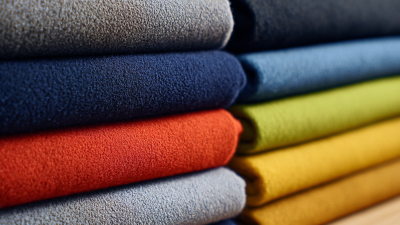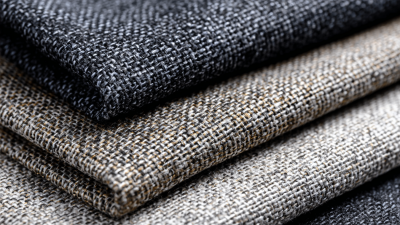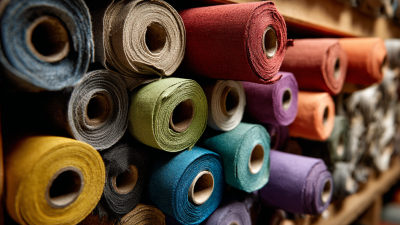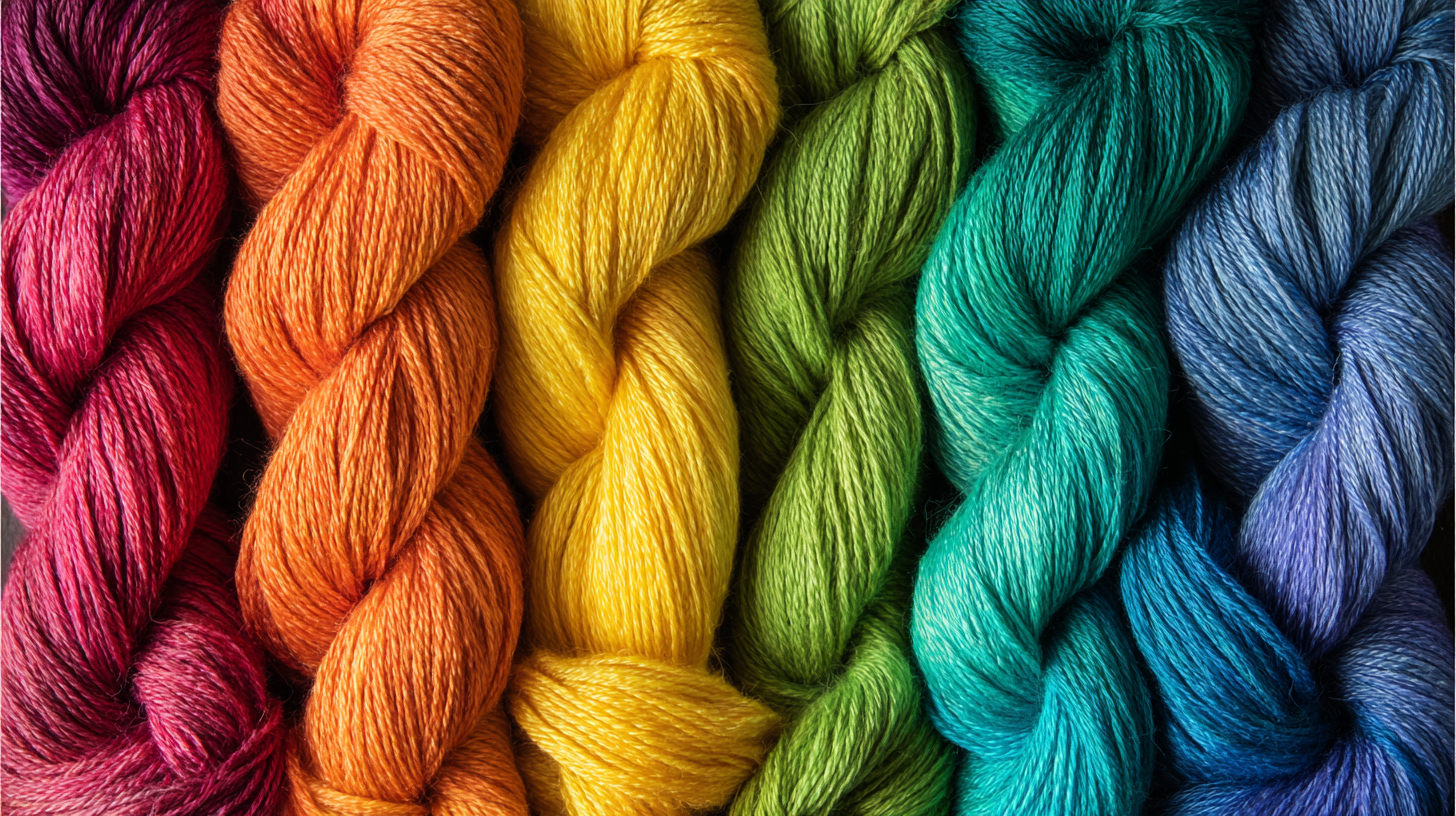 Selecting the perfect dyed yarn cotton fabric for your next project can transform your creative vision into reality, offering both aesthetic appeal and functionality. As per industry reports, the global cotton textile market is projected to reach a staggering USD 223 billion by 2025, driven largely by innovations in dyed yarns and sustainable practices. Dyed yarn cotton fabric stands out due to its versatility and vibrant color options, catering to a range of applications from apparel to home décor. In the context of rising consumer demand for high-quality, eco-friendly materials, choosing the right dyed yarn cotton fabric is crucial for ensuring both the longevity of your products and satisfaction of your customers. By considering factors such as fiber quality, dye methods, and environmental impact, you can make informed decisions that elevate your projects to new heights.
Selecting the perfect dyed yarn cotton fabric for your next project can transform your creative vision into reality, offering both aesthetic appeal and functionality. As per industry reports, the global cotton textile market is projected to reach a staggering USD 223 billion by 2025, driven largely by innovations in dyed yarns and sustainable practices. Dyed yarn cotton fabric stands out due to its versatility and vibrant color options, catering to a range of applications from apparel to home décor. In the context of rising consumer demand for high-quality, eco-friendly materials, choosing the right dyed yarn cotton fabric is crucial for ensuring both the longevity of your products and satisfaction of your customers. By considering factors such as fiber quality, dye methods, and environmental impact, you can make informed decisions that elevate your projects to new heights.
When selecting dyed yarn cotton fabrics for your projects, it’s essential to understand the different types and their properties. Dyed yarn cotton fabrics can vary significantly based on the dyeing process, which not only affects color but also the environmental impact. Recent studies highlight the growing concern for sustainable textile production and consumption. For instance, the analysis of microplastic shedding from cotton/polyester blends has raised alarms about environmental pollutants that accumulate in ecosystems, emphasizing the need for cleaner production methods (Textile and garments production involves a wide range of steps, beginning with the spinning of fibers into yarn).
Furthermore, the choice of dye can influence the mechanical properties of the fabrics. Research shows that the decolorization of reactive dyes can enhance the interfacial bonding strength between cotton and polyester fibers, suggesting improved durability in composite materials. This is crucial for projects that require not only aesthetic appeal but also longevity and performance. As the industry advances, exploring innovations like ultrasound-assisted vegetable dye extraction could pave the way for environmentally friendly options that maintain the quality and vibrant colors dyers seek ("Green production and consumption of textiles and apparel: Importance, fabrication, challenges and future prospects").
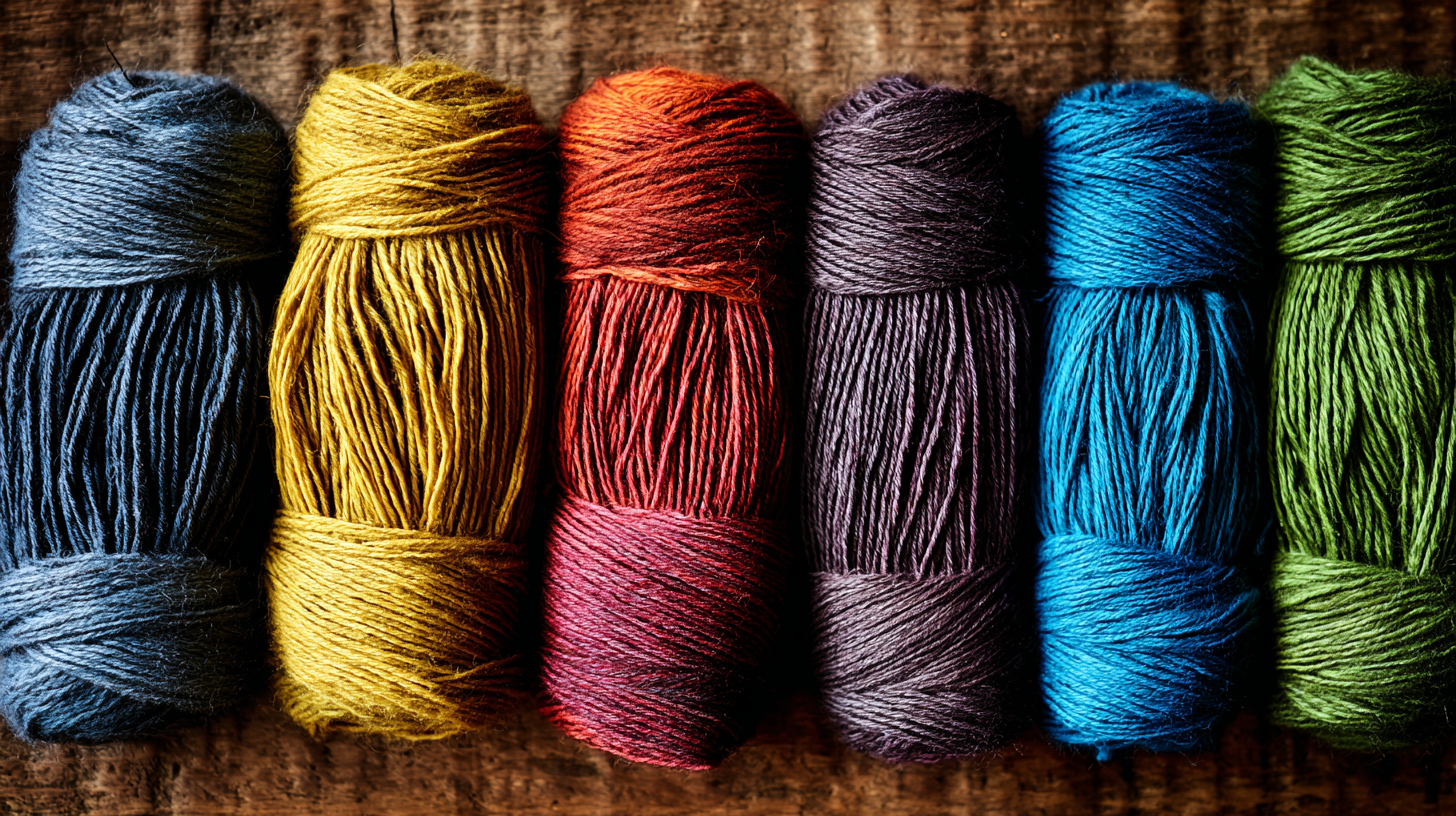
When selecting dyed yarn cotton fabric for your next project, understanding fabric weight is crucial. Fabric weight, typically measured in grams per square meter (GSM), influences not only the drape and feel of the material but also its suitability for different applications. For instance, lightweight fabrics, often under 150 GSM, are ideal for projects like summer garments or delicate scarves. They offer breathability and fluidity, making them perfect for warmer climates or layering.
On the other hand, heavier fabrics, generally above 250 GSM, provide structure and durability, which are essential for items like bags, upholstery, or winter wear. They tend to hold their shape better and withstand more wear and tear. Selecting the right fabric weight ensures that your dyed yarn cotton fabric will perform optimally in your project, meeting your design intentions while providing the necessary functionality. By taking the time to consider fabric weight, you can enhance not only the but also the longevity of your finished work.
When selecting dyed yarn cotton fabric for your next project, color selection plays a pivotal role in defining the overall aesthetic and feel of your design. According to a report by the Color Marketing Group, color trends directly influence consumer preferences, with 85% of purchasing decisions driven by color alone. Therefore, understanding the psychological impact of colors can significantly enhance your project's success.
Choosing the right dye is equally essential, particularly in achieving the desired hue and finish. For instance, natural dyes tend to provide a softer, muted color palette, which can evoke a sense of nostalgia and warmth. Conversely, synthetic dyes offer vibrant, long-lasting colors that cater well to contemporary designs. A study published by the International Journal of Textile Science indicates that about 70% of textile producers are increasingly opting for synthetic dyeing methods due to their improved colorfastness and processing efficiency. By carefully considering these factors, you can make informed decisions that will elevate your cotton fabric project.
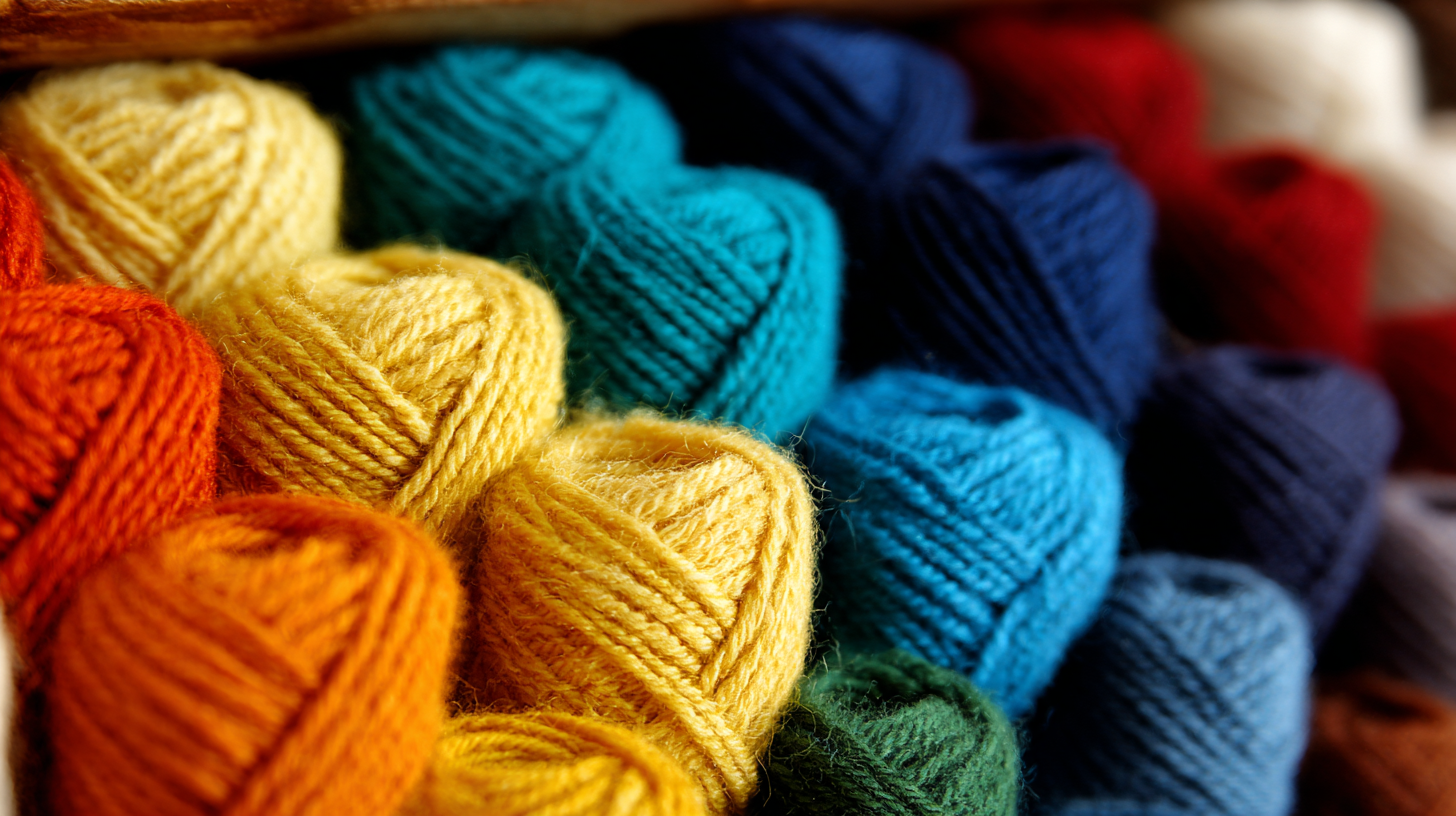
When selecting dyed yarn cotton fabric for your next project, understanding the different finishes available can significantly impact both durability and texture. Cotton fabrics can come with various finishes, which enhance their usability in different applications. For instance, a mercerized finish increases the fabric's sheen and strength, making it ideal for items that require a polished look, such as table linens or garments that are worn frequently.
**Tips:** When choosing mercerized cotton, consider its extra durability; it's perfect for making clothes that undergo frequent washing. Additionally, the smooth texture of mercerized cotton allows for crisp seam lines and better dye uptake, ensuring vibrant colors.
On the other hand, brushed cotton offers a softer, velvety texture, providing warmth and comfort—perfect for cozy quilts or loungewear. However, it's important to note that brushed finishes can lead to pilling over time, which may not be suitable for all projects.
**Tips:** Always check the care instructions for brushed cotton; opting for a gentle washing method can help maintain its soft feel and prevent premature wear. When comparing finishes, think about the intended use and longevity which can influence fabric choice significantly.
When selecting dyed yarn cotton fabric for your next project, it's crucial to evaluate the care instructions to ensure long-lasting results. Care requirements can vary significantly between different fabric types, and understanding these can help maintain the fabric's quality and appearance over time. Reports indicate that improper care can lead to premature fading and degradation, undermining the efforts put into crafting. According to industry standards, following the manufacturer's care guidelines can enhance the lifespan of dyed cotton fabrics, often doubling their usability.
Tip: Always pre-wash your cotton fabric before starting your project. This not only removes any chemicals used during manufacturing but also allows for any potential shrinkage to occur, ensuring that your final product maintains its intended size.
Furthermore, consideration of environmental impacts is becoming increasingly important in the textile industry. Evaluations show that sustainable care practices, such as washing with cold water and air drying, can significantly reduce water usage and environmental footprints. By adopting a mindful approach to fabric care, you not only enhance the durability of your dyed yarn cotton but also contribute positively to environmental conservation.
Tip: Check for any specific care symbols on the fabric label. These symbols provide essential information that can guide you in caring for your material correctly, ensuring it looks great for years to come.
| Fabric Type | Color Fastness | Washing Instructions | Durability Rating | Shrinkage Rate (%) |
|---|---|---|---|---|
| 100% Cotton | Good | Machine wash cold, tumble dry low | High | 3-5% |
| Cotton Blends | Moderate | Machine wash warm, do not bleach | Medium | 1-3% |
| Dyed Cotton | Excellent | Hand wash recommended, hang dry | High | 0-2% |
| Organic Cotton | Good | Machine wash cold, gentle cycle | Medium | 2-4% |
| Color-Resistant Cotton | Excellent | Machine wash, no fabric softener | Very High | 1-2% |
